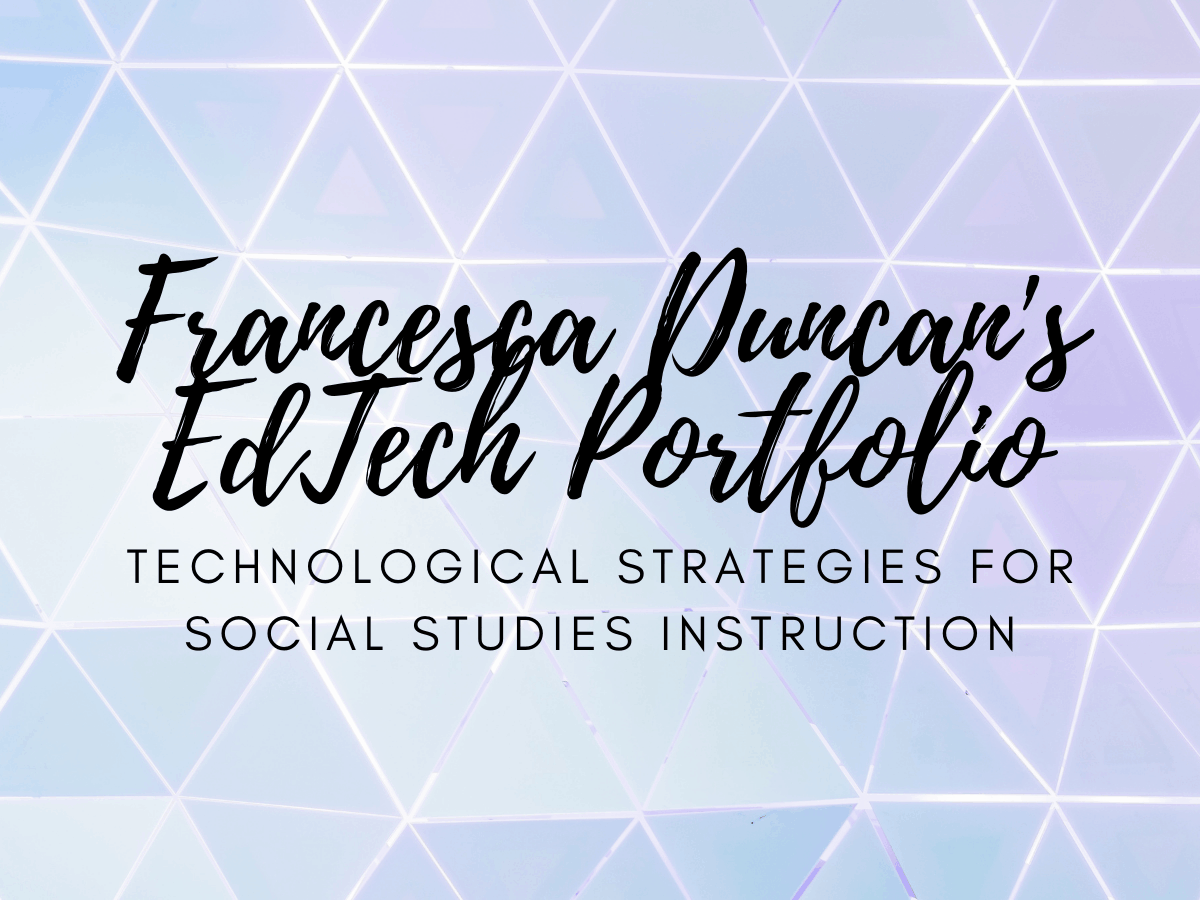I believe technology is a vital tool that can unlock so many new possibilities, especially within the classroom. This is evident by the increasing omnipresence of technology in the student experience. This past year in distance learning has truly put technology to the test. While it is an incredible testament to the modern era that classes were able to continue virtually, learning based entirely in technology was not without its severe challenges. From Zoom fatigue, to blue-light induced headaches, to the endless distractions of the Internet during online classes, it is clear that technology in education has its limits. Too much of a good thing can, indeed, be a bad thing.
Therefore, it is vital that educators are intentional about the types and frequency of technological tools used in the classroom. My belief is that technology should not be used to simply replace traditional educational tools, but it ought to expand beyond previous capabilities to create new opportunities for student growth. With this philosophy in mind, the posts that make up my portfolio each use technological tools to extend beyond the restraints of traditional in-person tools in order to more effectively teach key Social Studies concepts.
First, my post “A Supply and Demand Story: Differentiated Google Form” allows students to choose their own adventure in setting up a shop, and the online format provides them with immediate feedback to their answers and corresponding resources. Google Forms allows me to automatically differentiate my content based on the interests and needs of each individual learner, which would be an otherwise very challenging task to do in real time.
Another of my posts, which is entitled “Visualizing A Holocaust Survivor’s Journey,” connects abstract names and ideas to specific places on a map through the use of Google MyMaps. When discussing history (especially World History) it is often difficult for student to connect abstract concepts or facts to the actual, concrete places they took place. Students follow the journey of Jakob Blakinsky, a Jewish survivor of the Holocaust, as he was moved to various concentration and labor camps. Discussion questions and additional resources accompany each location on the map, providing students with a clearer picture of important historical concepts.
Lastly, my post entitled “Unsung Stories of WWII” uses Google Sites as a central hub to encapsulate several different technological tools that expand learning. This technology allows students to engage with the content in real time, both individually and collaboratively. It provides them with links internet resources and multi-media videos to appeal to different types of learners, and it also includes a Google Form that elicits quick responses to gauge student understandings. In these ways, the online format of this lesson on Google Sites expands beyond the capabilities of a paper-and-pencil lesson.

